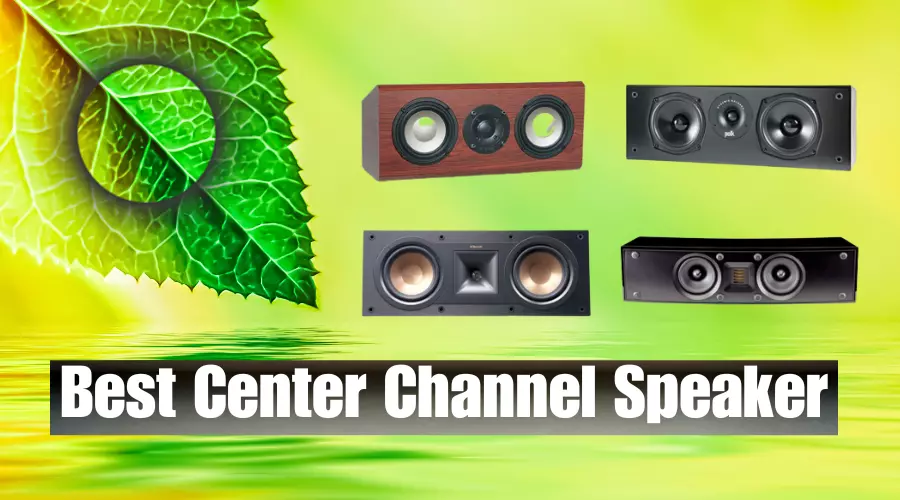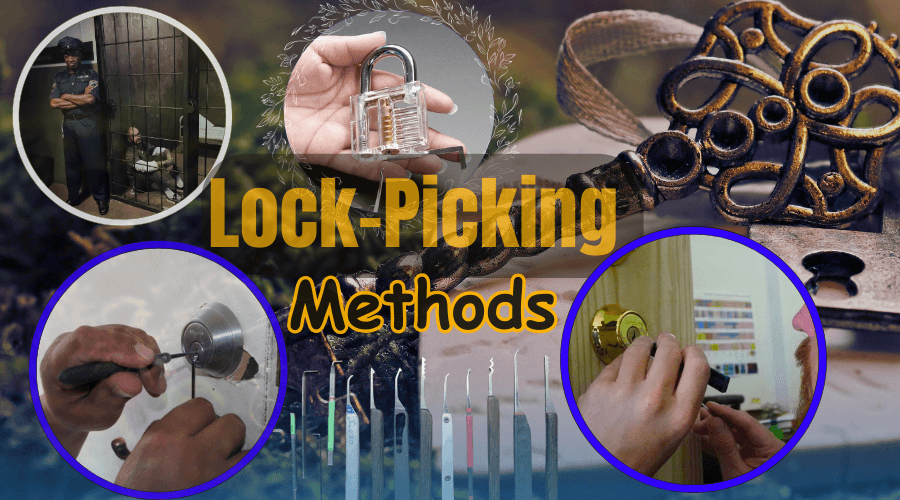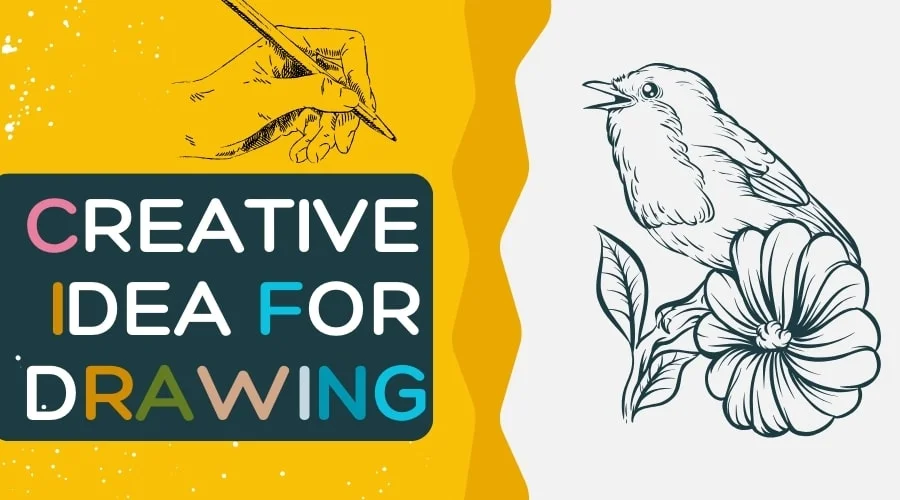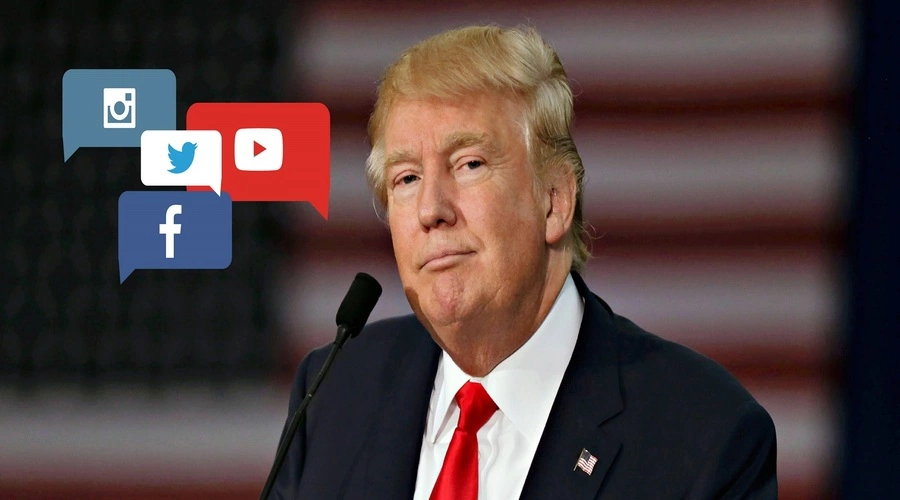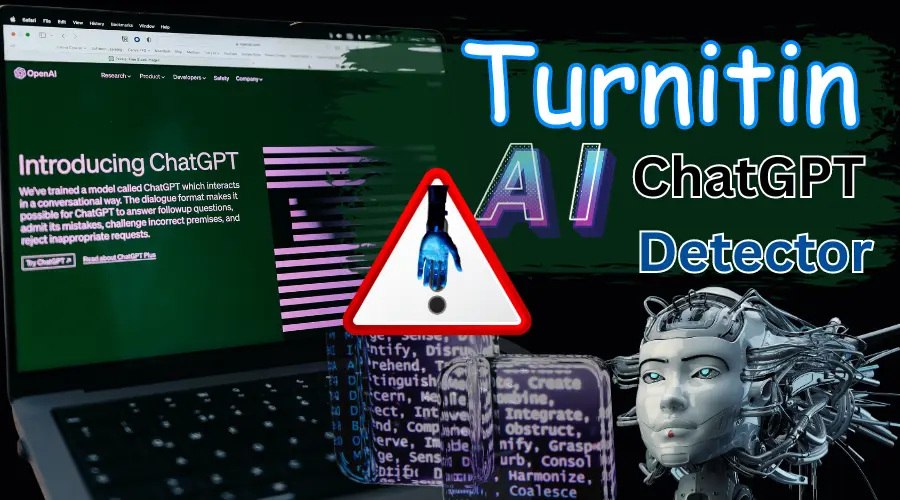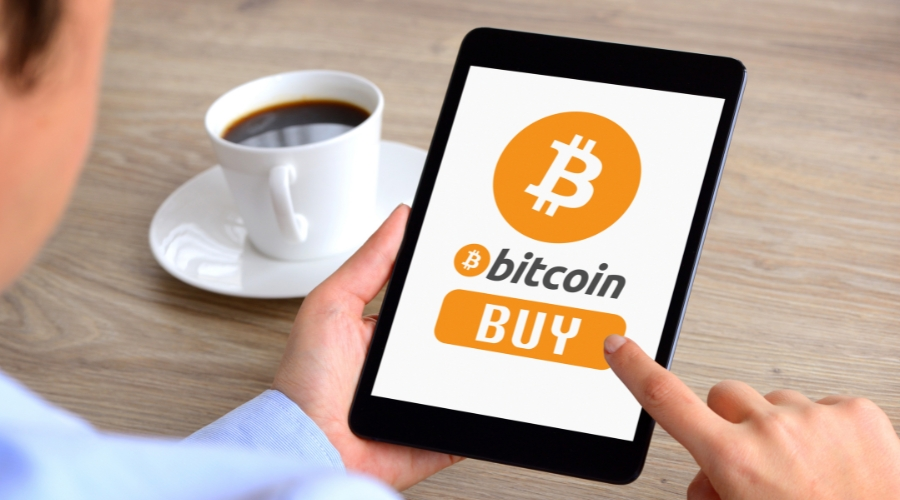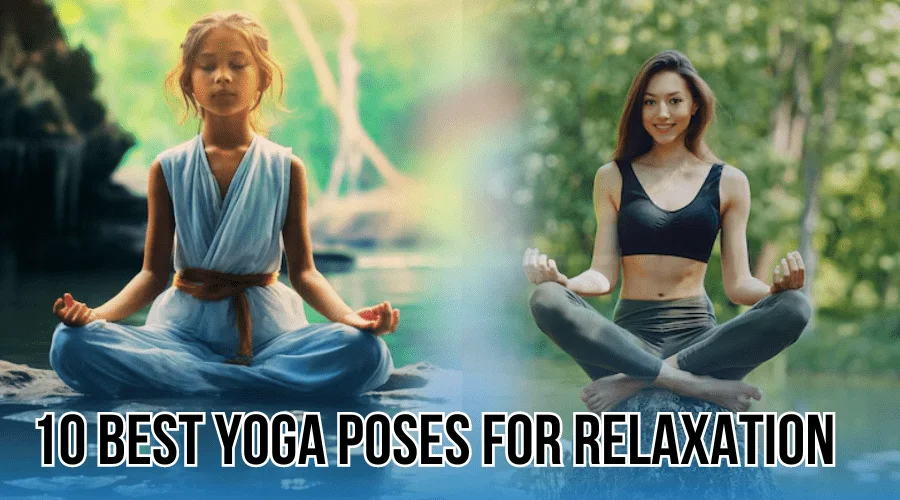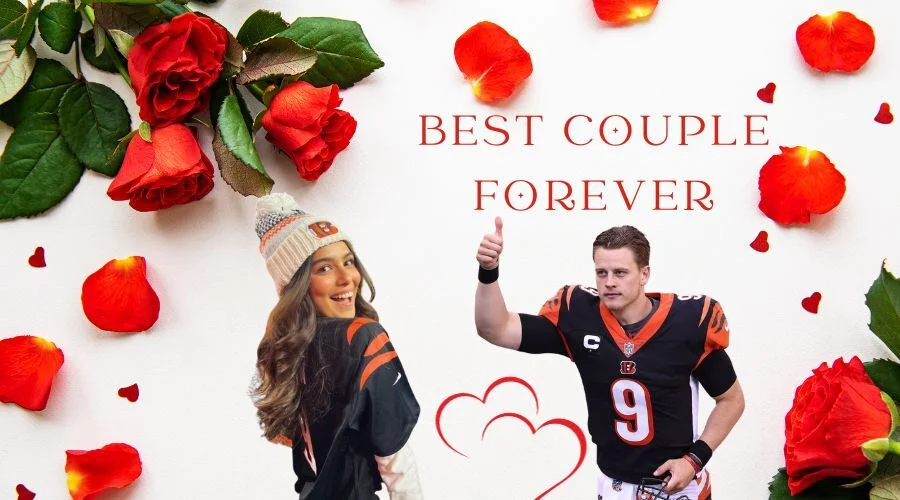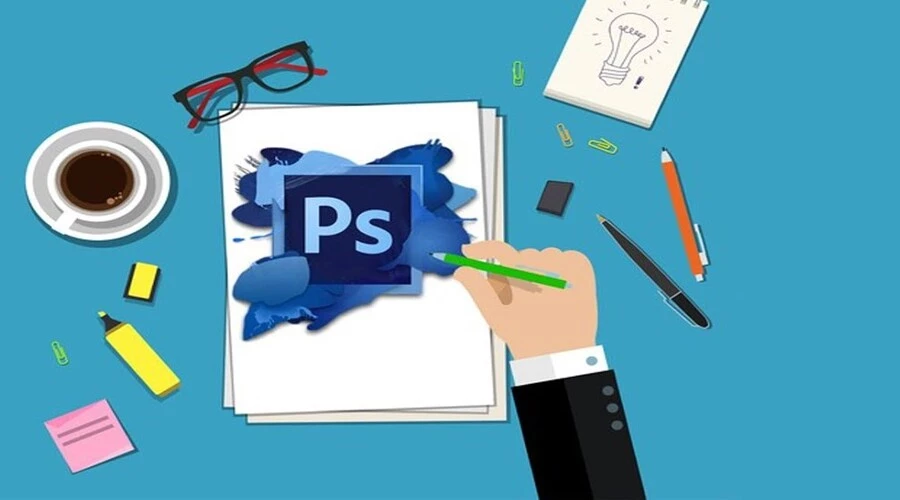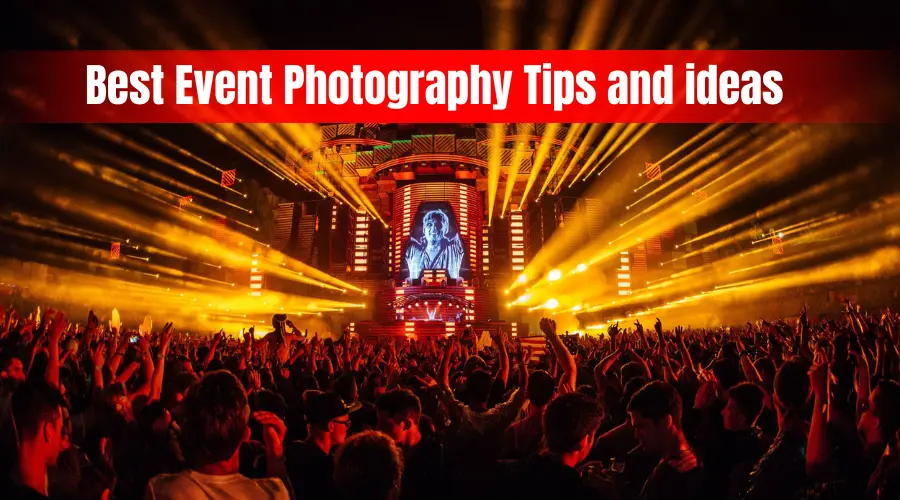
15 Best Event Photography Tips & Ideas for Professionals
Event photography refers to capturing images at various events, such as weddings, concerts, conferences, and other social or corporate gatherings. It is the practice of documenting moments and emotions during these events through photographs.
However, it is one of the most challenging genres of photography. An event photographer needs not only technical skills but also excellent communication skills. He has to make his subjects pose for a shot and ensure they look perfect.
This article will discuss these issues that will help your event photography career. So, without further ado, let's start.
Event Photography Tips & Ideas for Professionals
Pack up Your Event Photography Gears
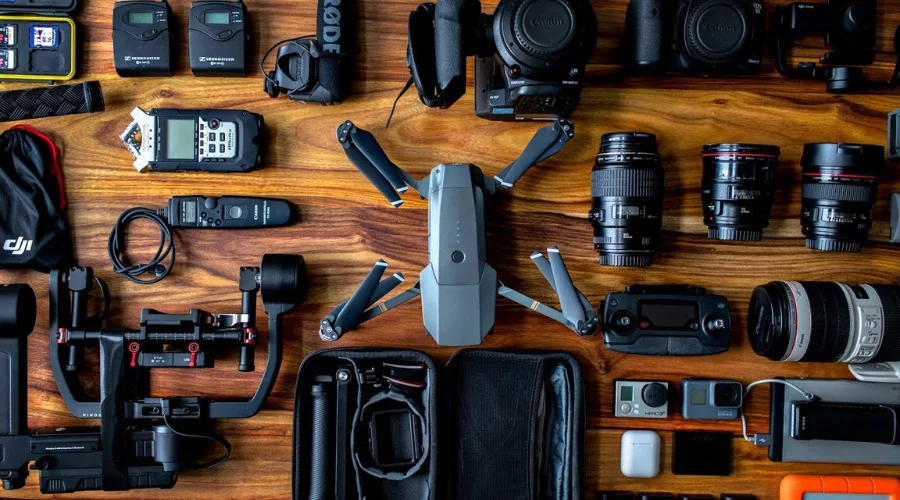
The first and foremost thing an event photographer must do is pack up his essential gear. Well, the gear's necessities may vary depending on the type of event photography. However, here I have listed some of the standard equipment you must carry for photography.
- Professional DSLR camera
- Lenses
- Flash
- Tripod
- Memory cards
- Batteries and chargers
- Camera bag
- Light modifiers
- Backup equipment
Try Candids
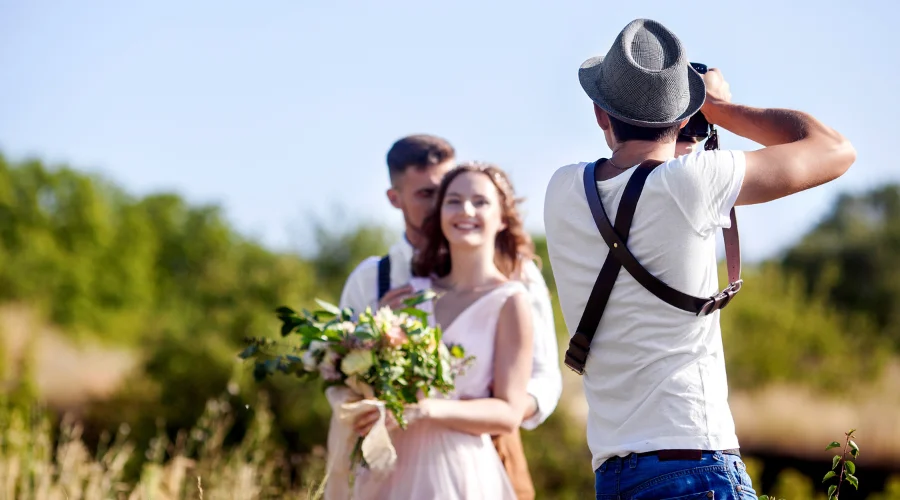
Professional event photographers always try to capture candid shots. A candid captures the moments full of natural expressions. That's why capturing photographs with natural expression lets you catch that moment's innocence and emotion, which can become very special for those in that photograph.
That's why I highly value candid shots in event photography. Try this out and shoot pictures while a group eats or drinks together. These pictures enhance the official images.
When to Use Flash
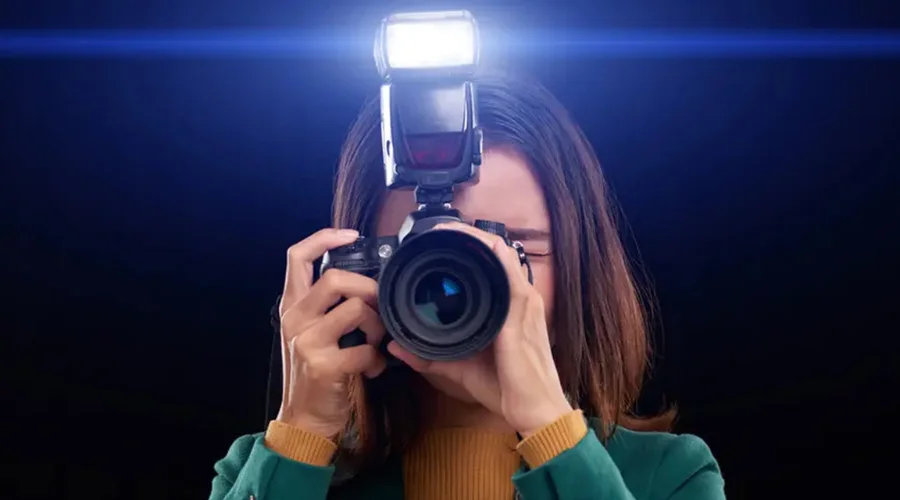
Natural lighting has a great vibe that photographers adore. But, knowing how and when to utilize artificial light may be very helpful in low-light circumstances and locations.
Indoors: Weddings, Business Events, and Churches
It is strongly advised to use an external flash while photographing events inside, where the light may bounce off a white wall or ceiling for a more natural appearance.
Outdoors: Sports, Festivals
Several photographers don't use the flash outside because they believe it looks weird. Just make sure to use it in the proper circumstances.
Create a Perfect Frame & Pose
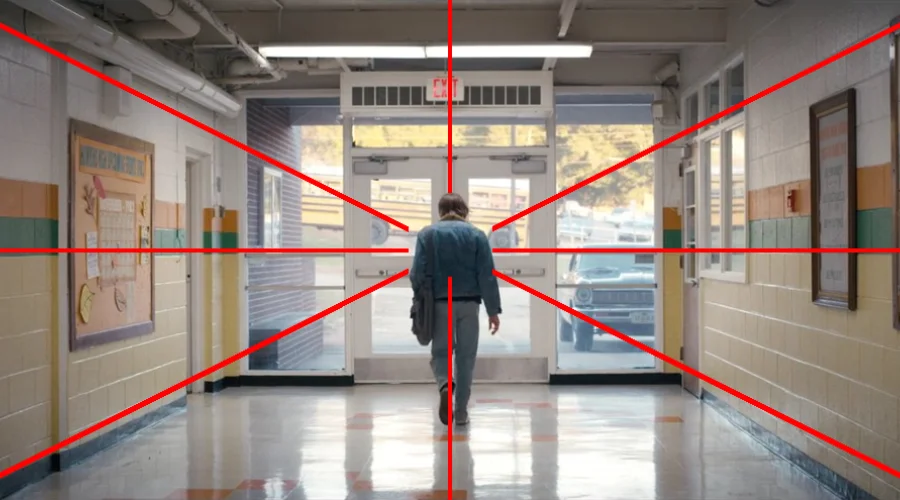
An excellent shooting composition is a landscape for three to five-person groups. Change up your shots by including headshots, medium, and full-body shots. Avoid white or blank space unless that is the effect you are striving for, and crop closely. Use a more considerable focal length and take a few steps back.
Posing people is a crucial talent for event photographers. Individuals are still determining the ideal way to present themselves in a photograph.
You'll observe that folks have trouble deciding where to put their hands. It would help if you asked them to clasp their hands together. Instead, if several persons are involved, ask them to hug with their arms over each other's shoulders.
Get in Close
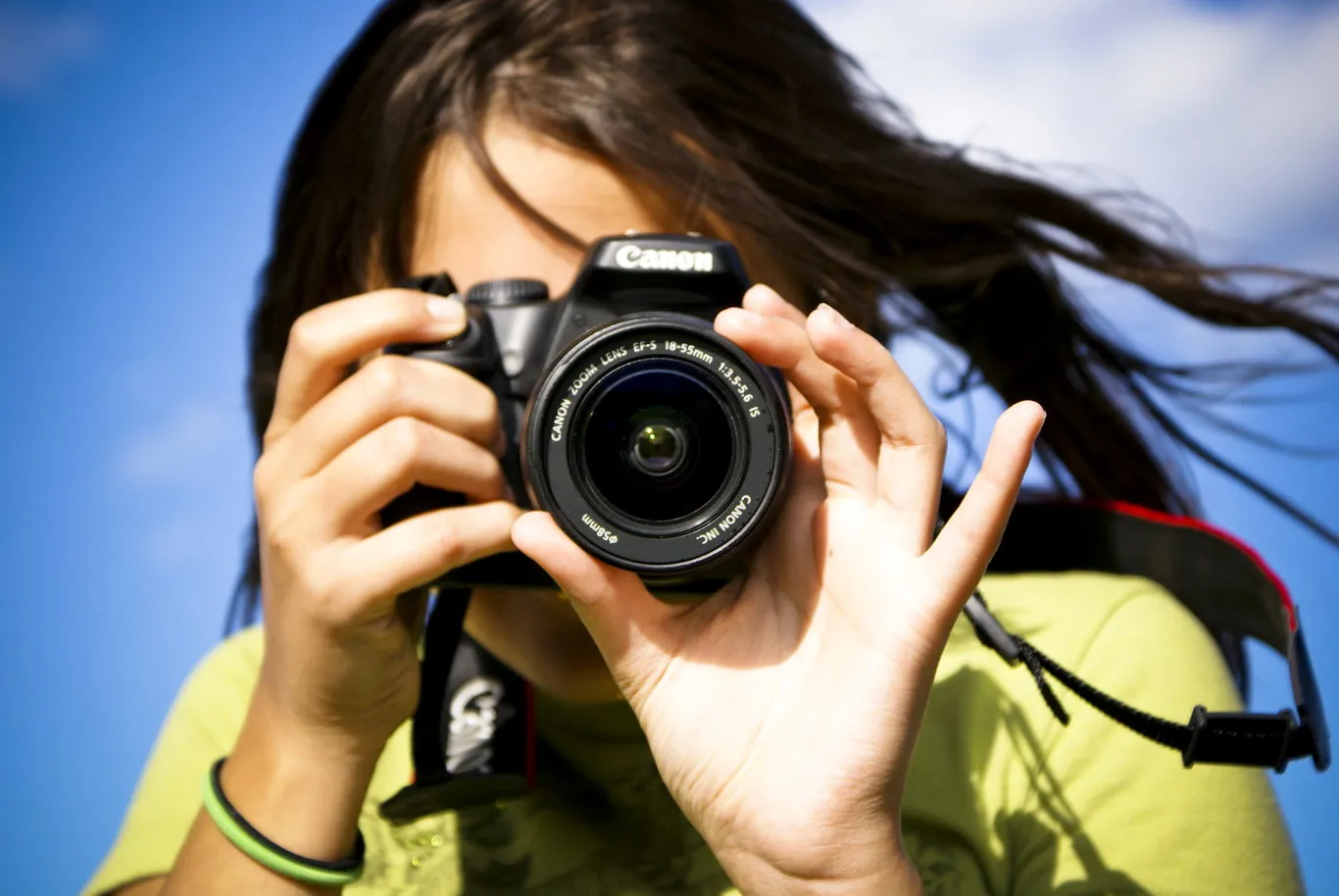
The benefit of taking closer-up pictures of participants during critical times cannot be overstated.
Just be aware of how frightening carrying a large camera and lens will be when approaching folks. Images of a guest's expression help to illustrate the tale much as when creating photo headshots.
Night Event Photography
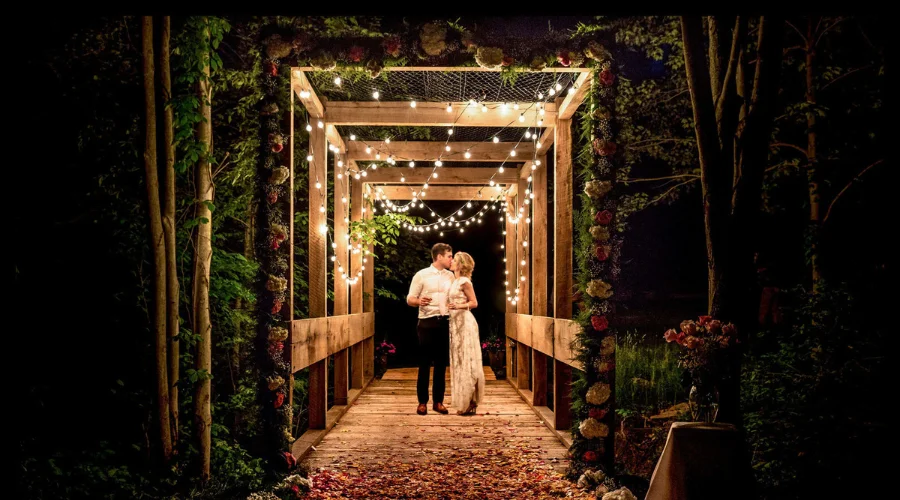
The first thing of the night event photography tips is researching the event location. Go through every corner of the event locations to find which corner has the best lighting. Also, try different angles and adjust settings such as shutter speed, camera aperture, iso, and white balance.
A wider aperture, such as f/2.8 or f/1.8, allows more light into the camera, resulting in brighter images. And a higher ISO will enable you to capture more light, resulting in more colorful photos. Moreover, soft light lenses are a vital event photography tip for low light.
When taking photos in low-light situations, you'll need a slower shutter speed to allow more light into the camera. But be careful not to use too slow a shutter speed, as it can cause motion blur.
Golf Event Photography Tips
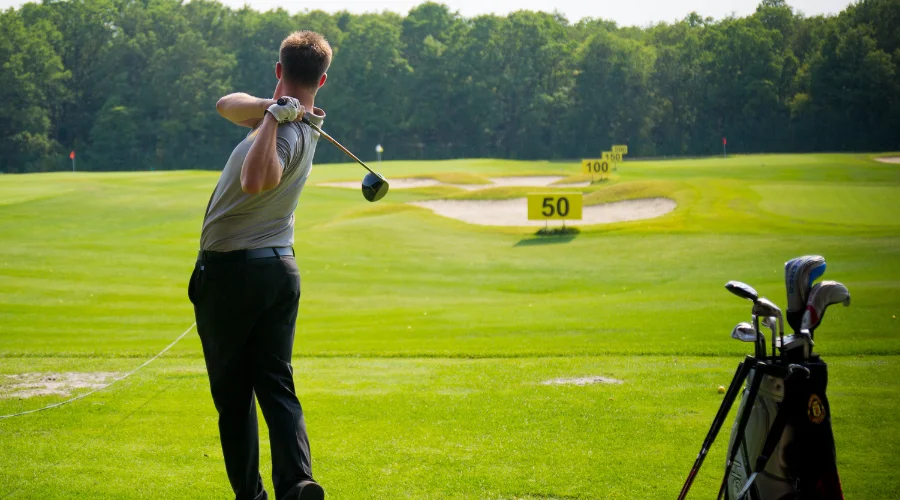
The golf event photography tips compile all the processes to tell the story of the golf field. The following ideas can help you execute a game of perfect golf, even photography.
- Try to go wide and capture as many actions as possible.
- Freeze the cation and then zoom.
- Be creative and capture the opponent's reaction in the same frame.
- Depending on the situation, set the ISO to 400 or higher. ISO 100 on sunny, bright days.
- Set the camera to High-Speed Continuous Shooting, TV Mode (Shutter Priority), a shutter speed of 1/2000 a second, and autofocus to AI Servo to continually refocus the lens.
Indoor Event Photography
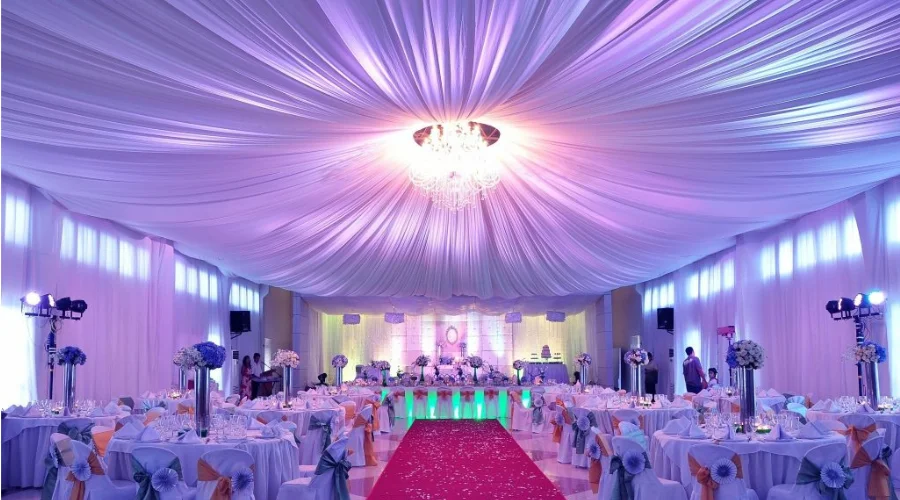
These are the best indoor event photography tips for beginners:
- To capture motion blur, slow down the shutter speed.
- Capture light trails on the dance floor.
- Pay attention to the little things.
- Make your flash's light softer
- Make the proper flash angle.
Camera Setting
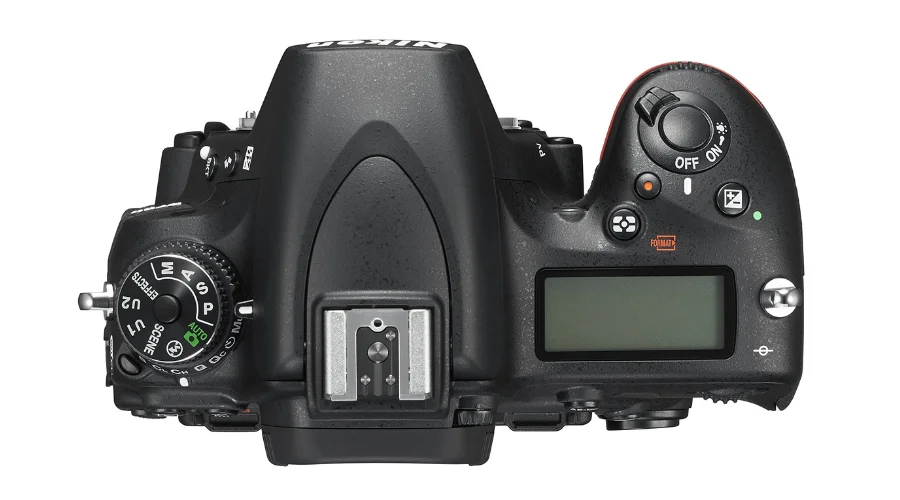
Also, indoor event photography camera settings include choosing an aperture that will provide you with a sufficient depth of field for small groups when the camera is in Manual mode. Note that the lens length you select impacts the depth of field. A full-frame camera's 50mm or even 35mm lens is wide enough to capture many persons in a single image.
Go up to 800 when adjusting the ISO to reduce the amount needed from 200 to just a fifth of what is required. At ISO 800, any camera from the previous several years produces excellent images.
Set your shutter speed to at least 1/250 of a second and approximately 1/160 of a second, and make sure your aperture is relatively wide open (lower f-number).
On-camera Flash Setting
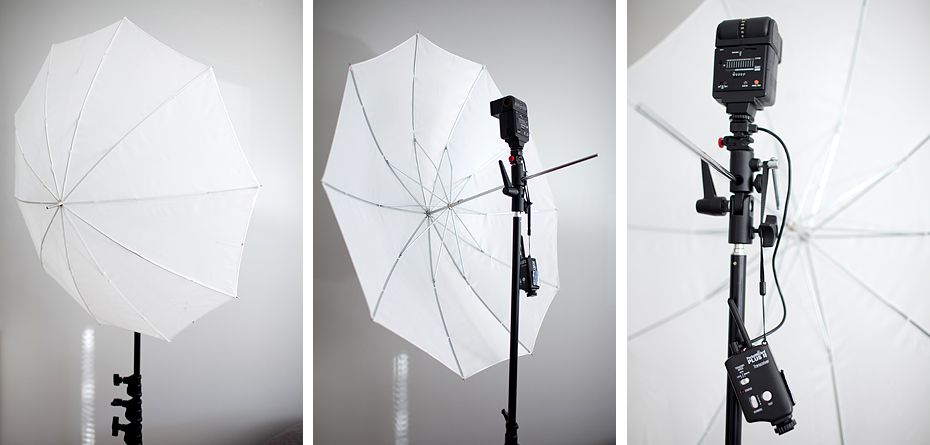
Flash settings for event photography are critical. Choose TTL, iTTL, eTTL, or whatever your flash's balanced fill-flash setting is after mounting it to your camera and turning it on. TTL refers to the flash's ability to control its light output using the camera's metering system. The moment looks "Through The Lens" (TTL) to modify the delicate work.
Moreover, set the flash's exposure compensation to -2/3 using the +/- button. The flash is thus less bright than it believes it should be. The issue is that the camera and the flash believe proper exposure should be grey.
Outdoor Event Photography
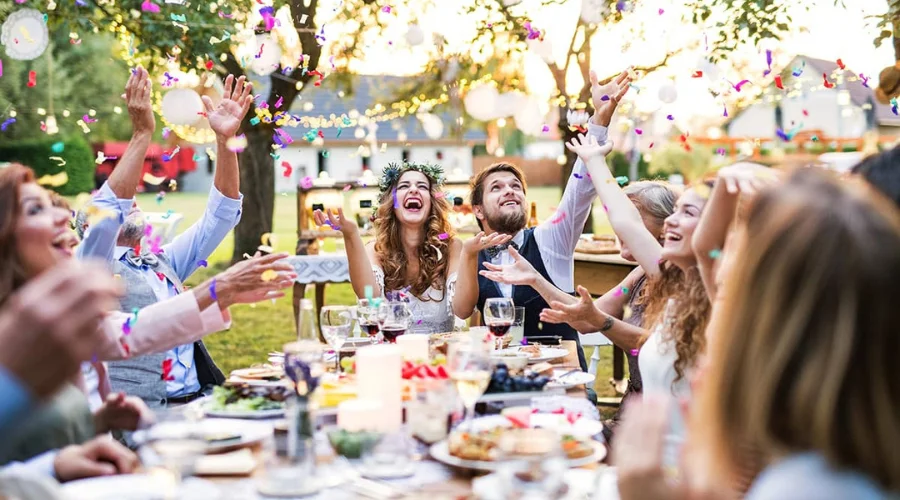
These easy outdoor event photography tips can help you in improving your skills:
- Avoid taking photos in the sun.
- Examine your surroundings
- A look at the weather report
- Aim for the prime time.
- Expression as opposed to perfection
- Maintain neutrality
Moreover, you can put your subject in focus by using a low f-stop (f/1.4) and a narrow depth of field. Choose a small aperture or a higher f-stop (f/10) if you want a group of individuals to be in sharp focus. Use ISO settings for a sunny day 100 for outdoor activities in direct sunlight. Increase the ISO with caution as the amount of light available drops.
Corporate Event Photography
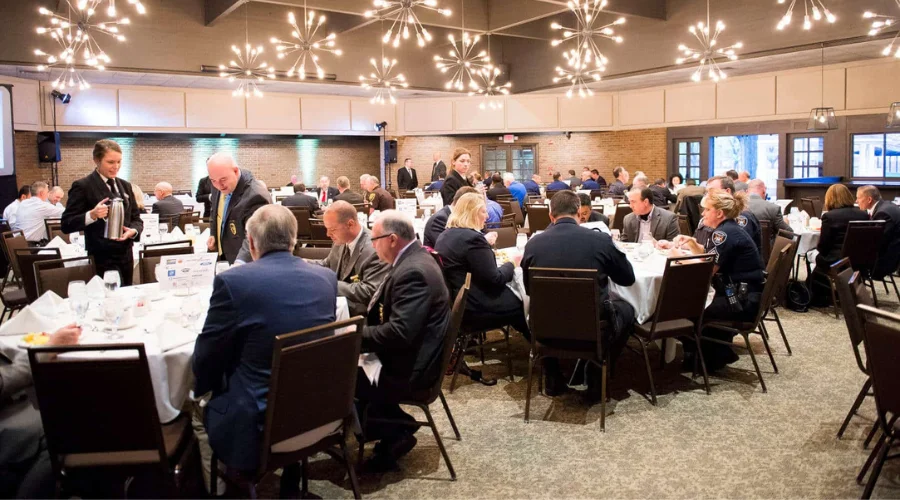
Here are the top corporate event photography tips for professional event photographers:
- Clarify the client's desires.
- Refrain from underselling your abilities.
- Get as much information as you can on the location.
- Set up a shot list
- Put on appropriate attire.
- Get attendees' approval.
- Be respectful of your subjects.
- Try not to be a disturbance.
- Use props
- Ensure backups
- Respect the privacy of your clients.
Church Event Photography
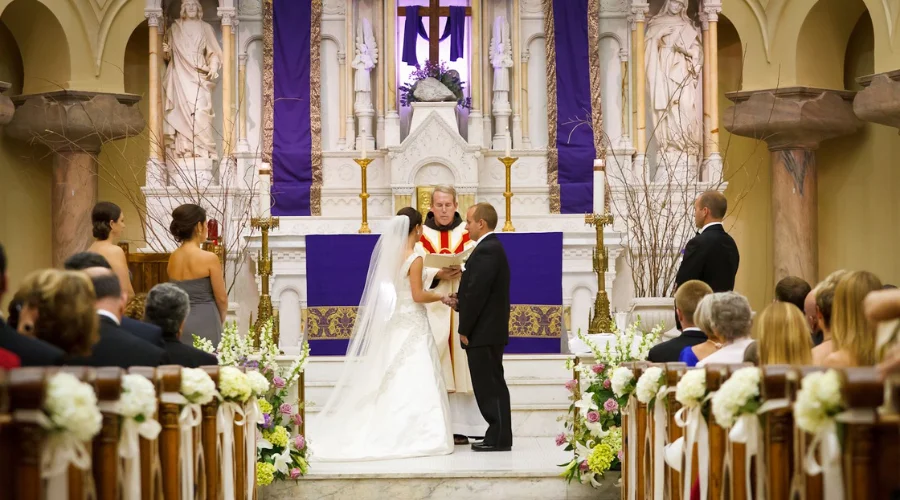
Church event photography is more or less similar to indoor photography. These are some of the Church event photography tips:
Work your way around the stage's edges with a zoom lens. It will simplify taking close-up pictures without paying attention to yourself. Do your best not to cause a distraction. You are responsible as a photographer to conduct yourself impeccably during these private occasions.
When feasible, you should always shoot in RAW. It is a digital representation of a negative on film. RAW files include all the data from your camera, giving you greater creative freedom during post-processing.
iPhone Event Photograph
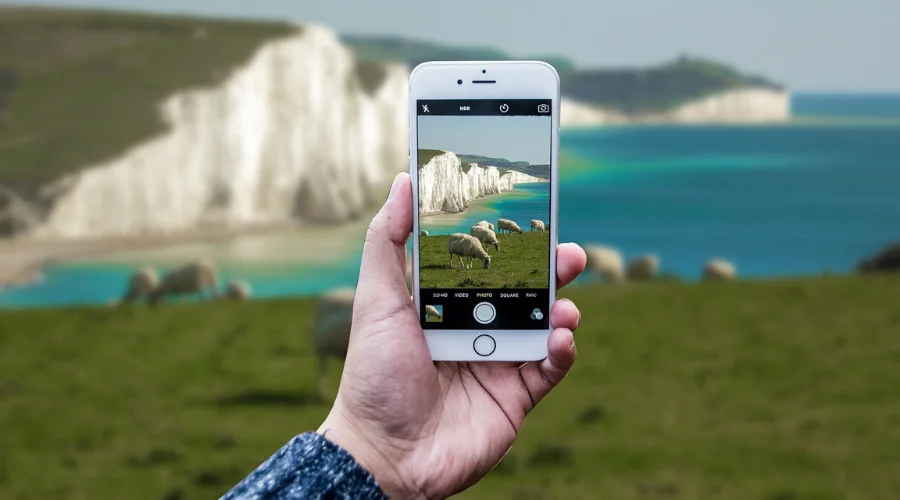
iPhone photography has become so famous over the years as the company provides high-quality cameras on their phone. Here are some of the iPhone event photography tips:
- Use the camera in the back.
- By pressing the flash icon, turn off the flash. Off
- Activate the gridlines.
- Enable Live Photographs so you may modify a Live Picture and choose the still image from the brief, choppy video to catch the precise moment and prevent those pictures with their eyes closed.
- HDR on auto.
- To concentrate, tap the screen's topic.
- Try Panorama.
- Arrive early at the location.
- Choose a big window with plenty of natural light.
- Get the calendar of business events.
- Determine the ideal angles.
- Compile an action plan.
Checkout Our Latest Articles
- The World's Wealthiest: How Did Elon Musk Get So Billionaire
- 10 Best Mini Microphones for iPhones On Professional
- Craigslist Pets | Free Puppies Near Me
Conclusion
The job of an event photographer is fun as well as challenging. It requires reasonable control over photography skills and creativity to fulfill the demands of the clients. The abovementioned event photography tips for beginners are to push you a step ahead to become a successful event photographer.



